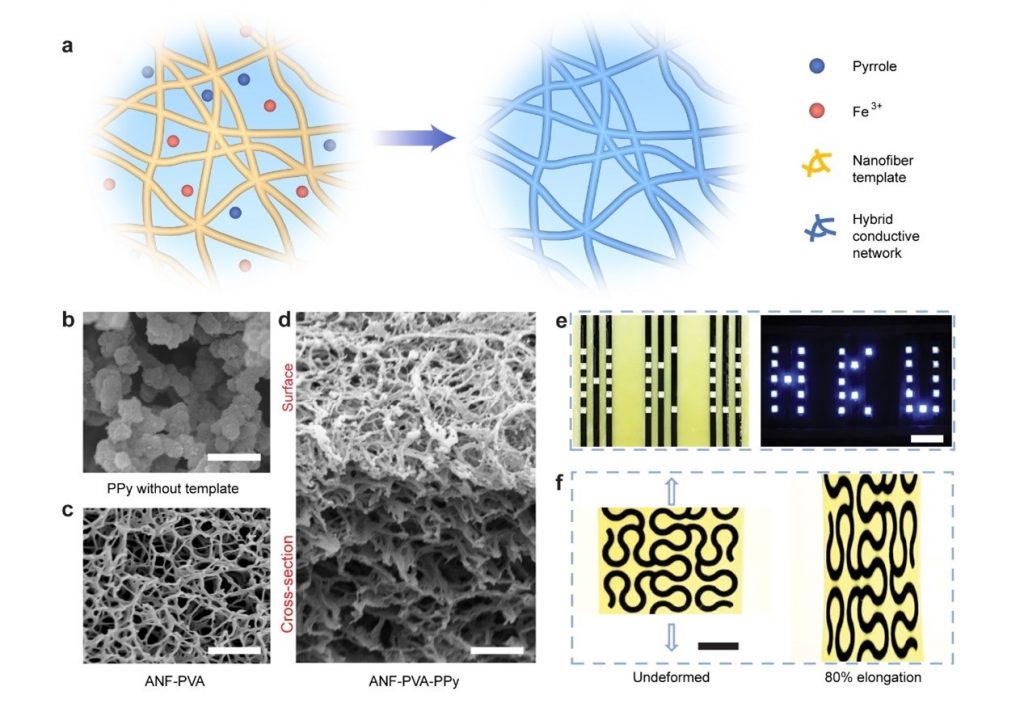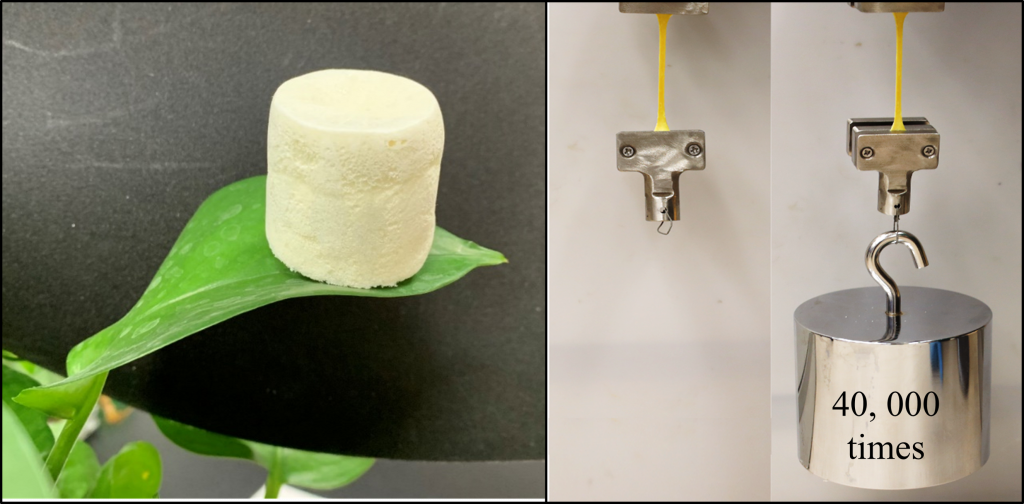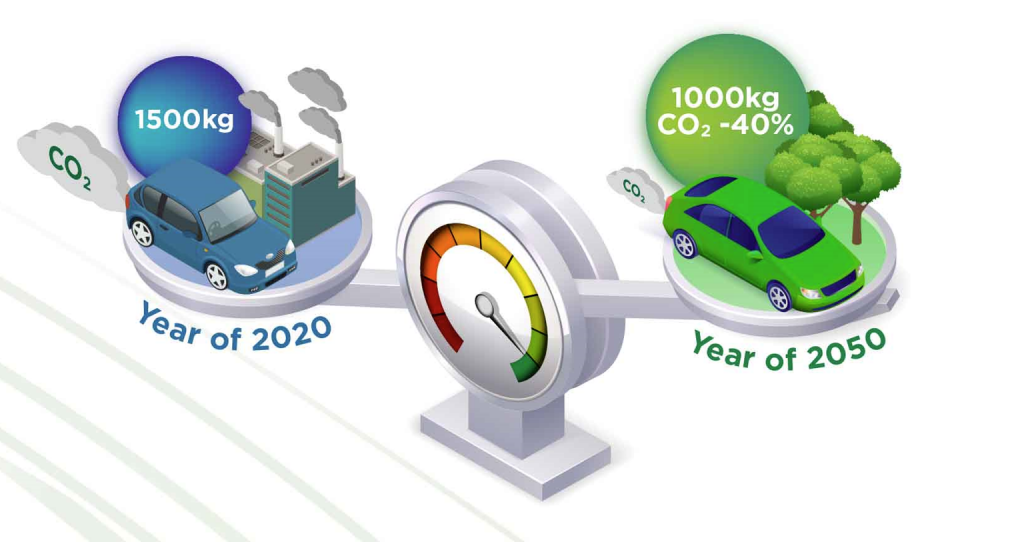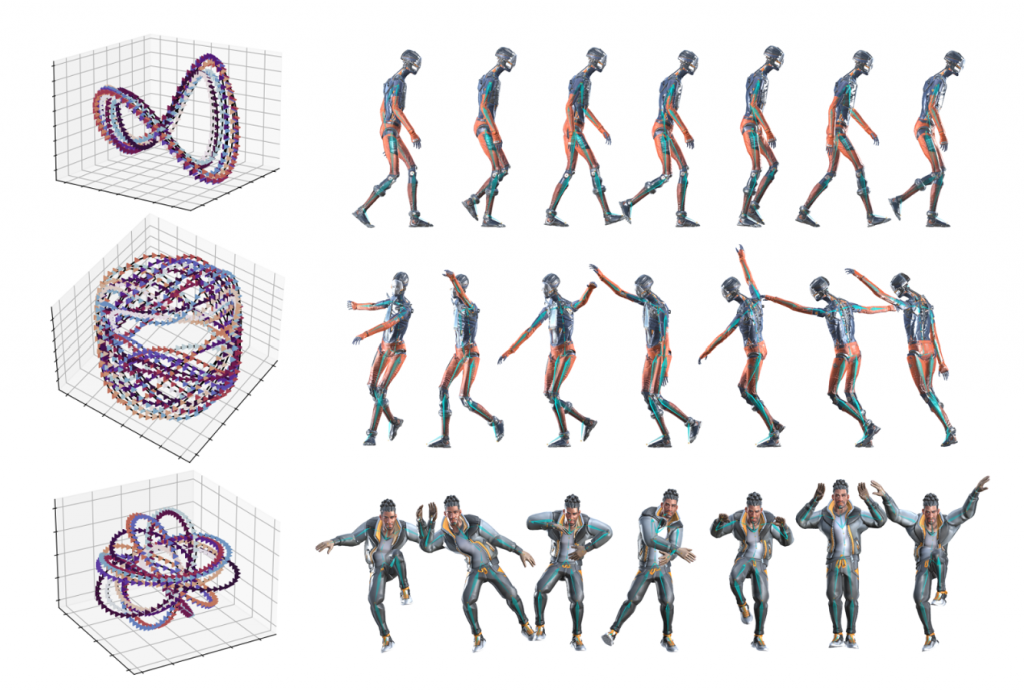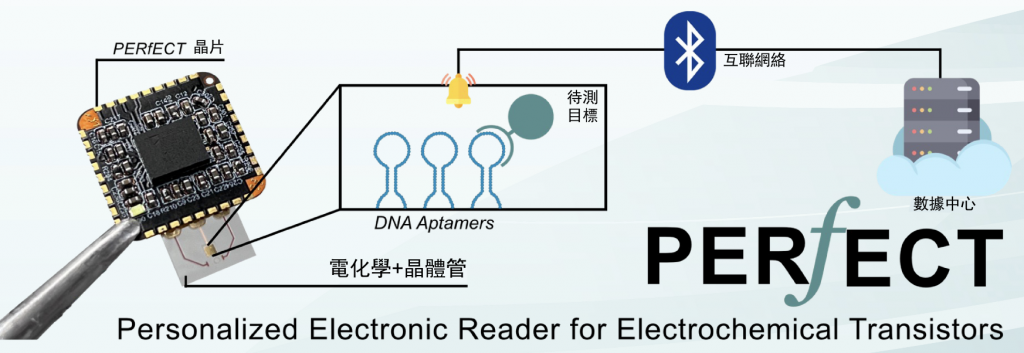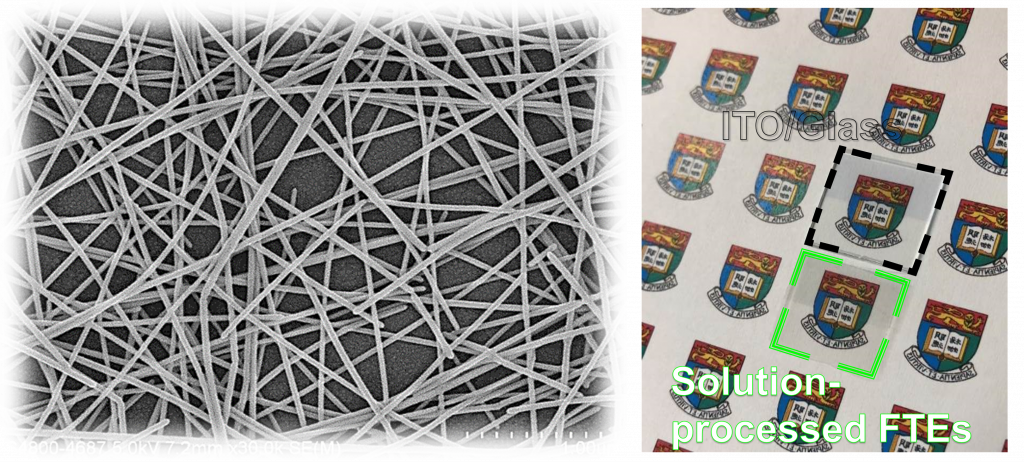Multimodal Dynamic and Unclonable Anticounterfeiting Using Robust Diamond Microparticles on Heterogeneous Substrate
Counterfeiting is a global menace endangering financial security, national safety, and public health. Traditional methods like watermarks and QR codes are vulnerable due to deterministic fabrication. Unbreakable security labels with physical unclonable functions (PUFs) offer a promising solution. PUFs leverage inherent randomness to create unique identifiers like fingerprints. Here, diamond-based PUFs, utilizing the stochastic nature of artificial diamond microparticles with silicon-vacancy (SiV) centers, offer a robust and unforgeable solution, providing a new frontier in anti-counterfeiting technology that is both durable and secure.


